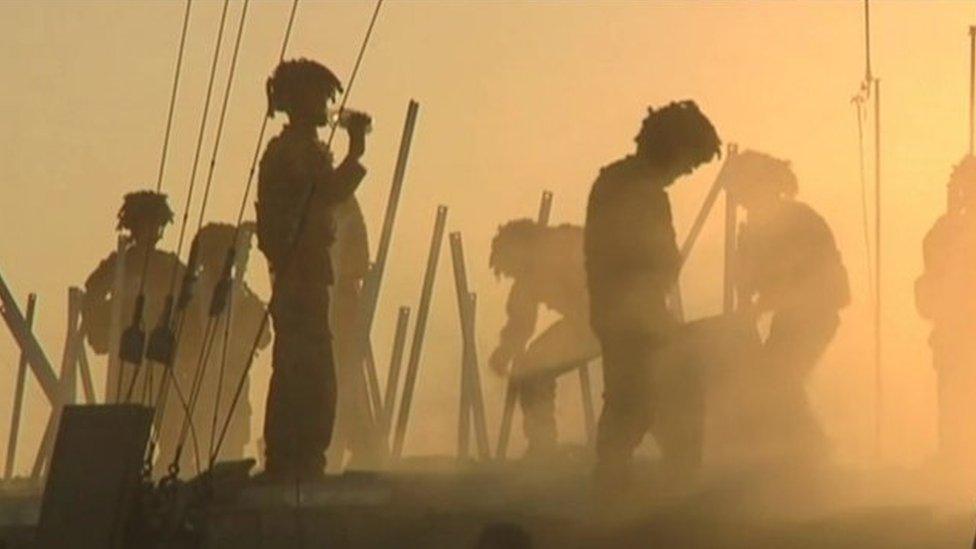3D printed body parts to help trauma surgeons
- Published
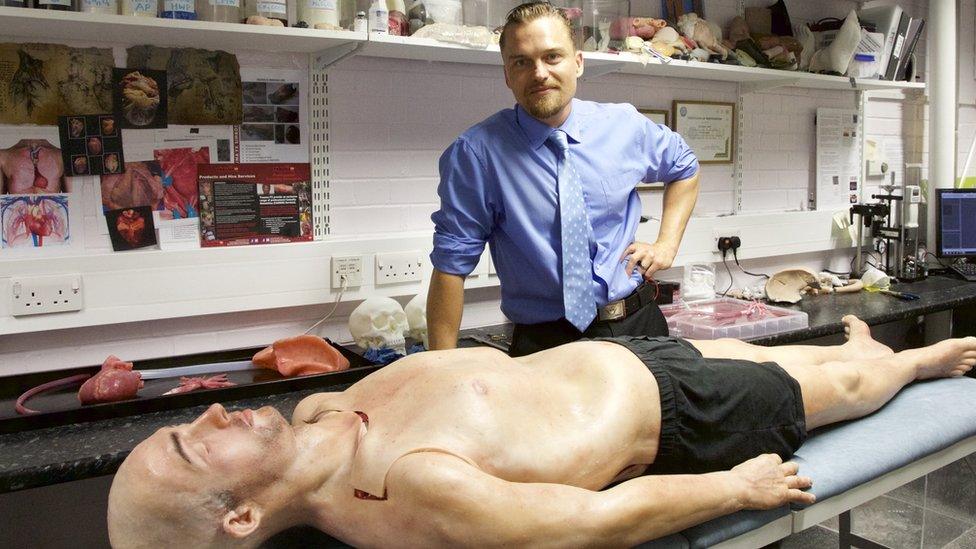
Richard Arm, of Nottingham Trent University's School of Art & Design, had been working on printed organs
Life-like body parts have been 3D printed to help army surgeons deal with trauma injuries.
Based on CT scans, the organs are fitted into a realistic synthetic "body" and connected to pumps which mimic human breathing and blood flow.
Nottingham Trent University, with the NHS and Ministry of Defence, used silicone gels to replicate the feel of human tissue.
Bespoke models could now be created to prepare for individual operations.
Richard Arm, of Nottingham Trent University's School of Art & Design, said he was asked to come up with a heart model for a surgeon who wanted to practice performing an implant.
'Human' organs made by 3D printer
He said: "When making more organs, the trickiest part was the flexibility.
"The heart has 17 different 'hardnesses' so 'does it feel right?' turns out to be a bit vague.
"Then we put them together and I knew we were getting it right when I started to feel sick."
The prototype - officially known as a thoracic trauma trainer - will be exhibited to trauma treatment experts.
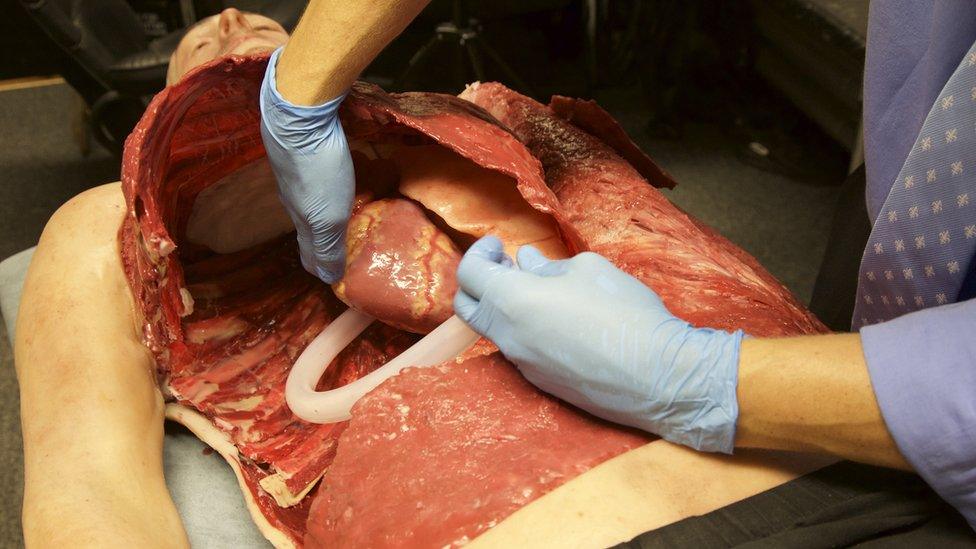
The army said it wanted a training device which was portable, robust and realistic
After feedback, two models are due to be produced for the MoD by December 2017.
Colonel Peter Mahoney, emeritus professor at Defence Medical Services, said the requirement was for training equipment that was portable, robust and reusable, while "also achieving a realism" that had only previously been possible with dead bodies.
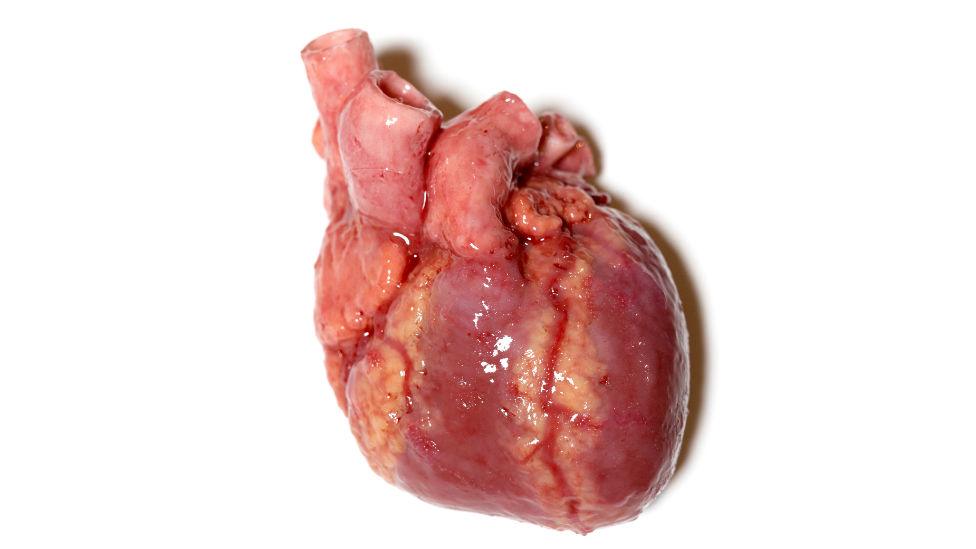
A realistic-looking fake heart
He added: "We wanted to start with the chest, because it is a common area connected with trauma, but if it could be created with realistically-moving lungs and blood vessels then any other body parts would be possible."
Future developments could include the brain, eyes, stomach, pancreas, liver and kidneys, the vascular system in a person's legs and bespoke models for patient-specific preoperative surgical planning.
- Published8 May 2016
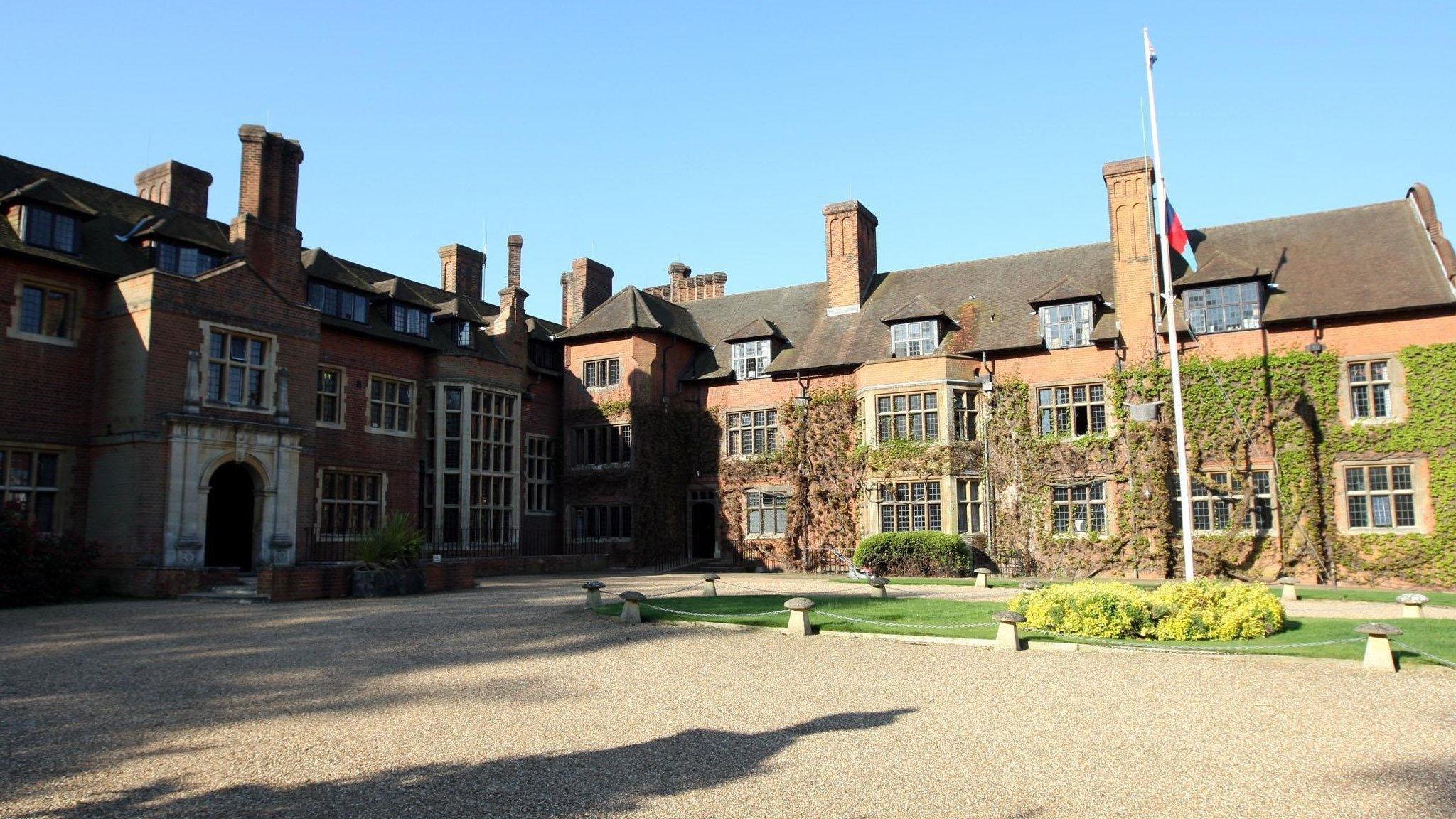
- Published25 September 2015
